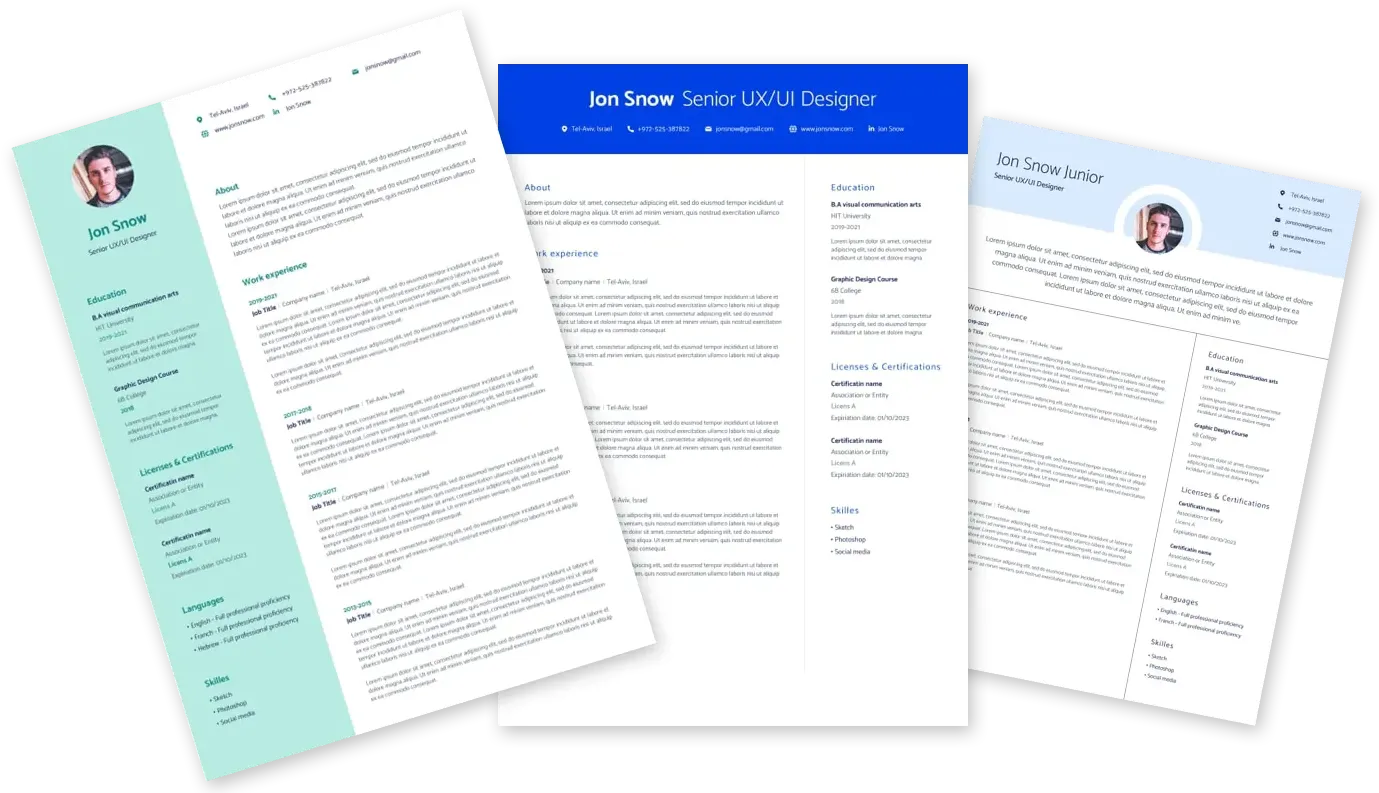
מציאת משרת הייטק בחברות הטובות ביותר מעולם לא הייתה קלה יותר

Microsoft HR Geo Manager Chile, Santiago Metropolitan Region, Santiago 776078626
24.12.2024
The goal of the HR GEO Manager is partnering with and building relationships with leaders in Chile, Bolivia, Peru and Ecuador to enable a One Microsoft approach. The responsibilities include promoting and creating clarity and intentionality for consistency across relevant People Priorities by business, area and/or country creating synergies.
Required/Minimum Qualifications
- Bachelor's Degree in Human Resources (HR), Legal, Business, Psychology, or related field AND 7+ years experience with HR or related experience (e.g., hiring, training, performance management) involving applicable employment laws and policies
- OR equivalent experience.
Additional or Preferred Qualifications
- Master's Degree in Human Resources (HR), Legal, Business, Psychology, or related field.
- Experience facilitating and executing Diversity & Inclusion programs/projects
- Legal, regulation, and compliance knowledge
- Experience and knowledge of HR and Labor laws in Chile
- People Management/Leadership Experience
HR Community Leadership
- Partners with and builds relationships with leadership teams to enable a One Microsoft approach and may coach the leader and leadership team as needed. Promotes and creates clarity and intentionality for consistency/differences across the relevant People Priorities by business, area, or country, creating synergies, and avoiding duplication of work. Partners across the Human Resources (HR) model to ensure seamless, high-quality delivery of HR services (e.g., onboarding, offboarding, statutory reporting, tracking and reporting). Participates in and helps drive leadership team's HR governance inclusive of HR Business Partners/HR Directors and Centers of Excellence (COEs). Supports the businesses/teams including budget management for the HR team. Influences and facilitates leadership, customer-first culture, and mindset activities.
HR Governance
- Leads, manages, and drives clarity for geography/client governance committee (e.g., establishes and manages governance and policies for a geography or area/client). Ensures Human Resources (HR) are aligned across businesses and stakeholder businesses within the specific area. Ensures HR information across the organization is accurate and up to date (e.g., immigration, mobility, offer governance). Drives compliance with Microsoft practices around HR activities. Provides corporate opportunities for improving HR processes. Contracts with various stakeholders to ensure the work lands (e.g., Finance, Payroll, Procurement, Corporate, External, and Legal Affairs [CELA]).
Statutory Accountability
- Ensures and maintains contemporary knowledge of laws, regulations, standards, and emerging trends that may affect Human Resources (HR) policies and execution of these (e.g., legal signatories, court representation, health and safety, benefits, local documentation requirements, General Data Protection Regulation [GDPR], legal localization). Translates what requirements mean for the employer and offers correct solutions to adapt and localize policies. Ensures compliance with applicable labor laws and regulatory environment (e.g., HR suppliers). Collaborates with worker councils to ensure continued relationship. Partners and negotiates with union representatives, workers councils, etc., where applicable. Oversees HR issues involving legal and financial risk to the organization and represents HR in Compliance Governance Committee, in service to the Microsoft brand, values, and image.
Employee Experience/Engagement
- Acts as employee advocate by looking beyond process implementation into the lived experiences of employees, managers, and leaders. Collaborates with internal communications to ensure alignment on messages with a minimal degree of supervision. Leads and develops strategies to improve engagement. Designs and manages programs and activities aimed at creating a positive workplace environment (e.g., employee resource groups [ERGs]). Executes optimal investments in employee experiences while contributing to the end-to-end employee experience for business impact (e.g., new campus, related return on investment [ROI]). Promotes fair and inclusive employee experience for all (e.g., local policy, training, perks).
Projects, Programs, and Initiatives
- Executes or leads projects, programs, and initiatives (e.g., applying and executing existing centers of excellence programs/initiatives, assessing new acquisitions, developing talent needs for new companies, pension plans/health plans, implementing initiatives) with a minimal degree of supervision. Develops project plans and executes as needed. Identifies, responds, and takes action to meet emerging requirements.
External Impact
- Identifies opportunities and engages local communities while promoting culture with stakeholders such as professional networks, schools, community-based organizations, etc. (e.g., IWD, DigiGirlz, local Human Resources [HR] professional events), in service to the Microsoft brand, values, and image. Networks and influences external HR leaders for engagement with external customer business decision-makers to share and inspire current or future customers to drive business, as well as communities to shape policies and programs supporting future work. Interacts with and promotes long-term relationships with the broader community by leveraging social media (e.g., LinkedIn) and professional media (e.g., Society for Human Resource Management [SHRM], best workplace).
Crisis Management Team (CMT) and Disaster Recovery
- Partners with the leadership team to design and orchestrate crisis management strategy, including emergency responses, disaster recovery, risk management, communications, and business continuity. Ensures assistance for employees by activating the company’s Employee Assistance Programs (EAPs) and employee well-being programs, during and after a crisis.
- Embody our
משרות נוספות שיכולות לעניין אותך
